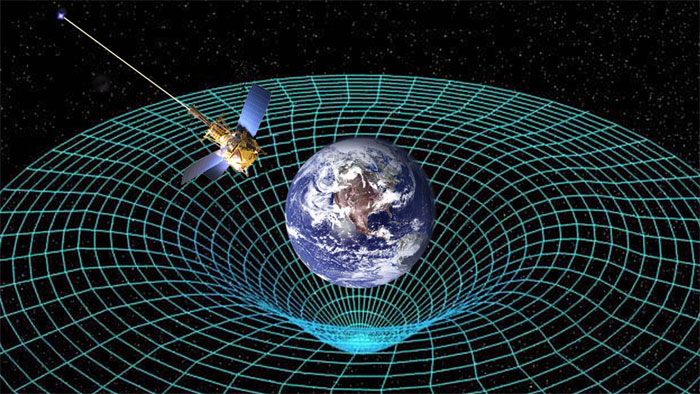Control gravity as you like
A Belgian mathematician proposed to build devices to create and manipulate gravity in order to apply to communication instead of electromagnetic waves today.
According to Science Alert, human knowledge of gravity's impact on the universe is still limited to observations of natural gravitational fields produced by distant stars and planets. In fact, this is the only force in four basic interaction forces (gravitational interaction, electromagnetic interaction, strong interaction, weak interaction) that humans cannot yet create and control.
On January 12, American theoretical physicist Lawrence Krauss announced on his Twitter account that experiments detected gravitational waves - ripples of spacetime curving as Einstein predicted 100 years ago - succeeded.
Andre Fuzfa, a mathematician at the University of Namur, Belgium, proposed building a gravity-producing and controlling device , though only at a small gravitational field, without requiring any new technology. His research was published in Physical Review D on January 11.

The gravitational field of the Earth bends the space around it.(Photo: NASA).
This will be a condition that allows physicists for the first time to proactively study gravitational fields from a scientific point of view, and be ready to test Einstein's theory of relativity. It can even be used to study new communication technology, based on gravity instead of electromagnetic waves.
"A scientific advancement of this type is only available in science fiction works, but it can open up new applications, for example, in telecommunications with gravitational waves , " Fuzfa said. "Imagine communication between the two hemispheres without using satellites or relay stations on the ground."
His theoretical device is based on a large superconducting magnet, the same type being used in LHC large particle accelerators, to create a strong and easily controlled magnetic field. Physicists will easily observe the spacetime bending effect of magnetic fields.
The ability to successfully build this device from Fuzfa's theoretical calculations is quite high. It is based on the central principle of Einstein's theory of relativity - the principle of equivalence . This principle holds that states of all types of energy and mass are affected by gravitational fields in the same way. Therefore, an electromagnetic field must also have the ability to bend spacetime, like the gravitational field of a planet or a star. However, this curvature on Earth is very small and difficult to detect.
According to Fuzfa, by creating a large superconducting magnet with a strong magnetic field, a gravitational field, though weak, can still be detected by highly sensitive interferometers. Interferometers will "stack" attractive fields on each other so that information about them can be obtained.
The big problem in making this device is that it is very expensive and difficult to implement. However, in order to control gravitational force like humans controlling the other three types of interaction, it is worth testing and investing.
- Gravity, gravity and things we still think
- A mathematician has just announced an unprecedented invention: Creating gravity
- Russia built anti-gravity engines
- What happens when gravity on Earth halves?
- Gravity has a speed of light
- Gravity, how fast a rocket must fly to escape the Earth?
- Corner of branches affected by gravity
- Effect of gravity on the immune system
- Mission refocused gravity
- The new hypothesis is controversial about gravity
- The Gulf has an unusually weak gravity in Canada
- Japanese earthquake weakens Earth attraction
 Van Allen's belt and evidence that the Apollo 11 mission to the Moon was myth
Van Allen's belt and evidence that the Apollo 11 mission to the Moon was myth The levels of civilization in the universe (Kardashev scale)
The levels of civilization in the universe (Kardashev scale) Today Mars, the sun and the Earth are aligned
Today Mars, the sun and the Earth are aligned The Amazon owner announced a secret plan to build a space base for thousands of people
The Amazon owner announced a secret plan to build a space base for thousands of people